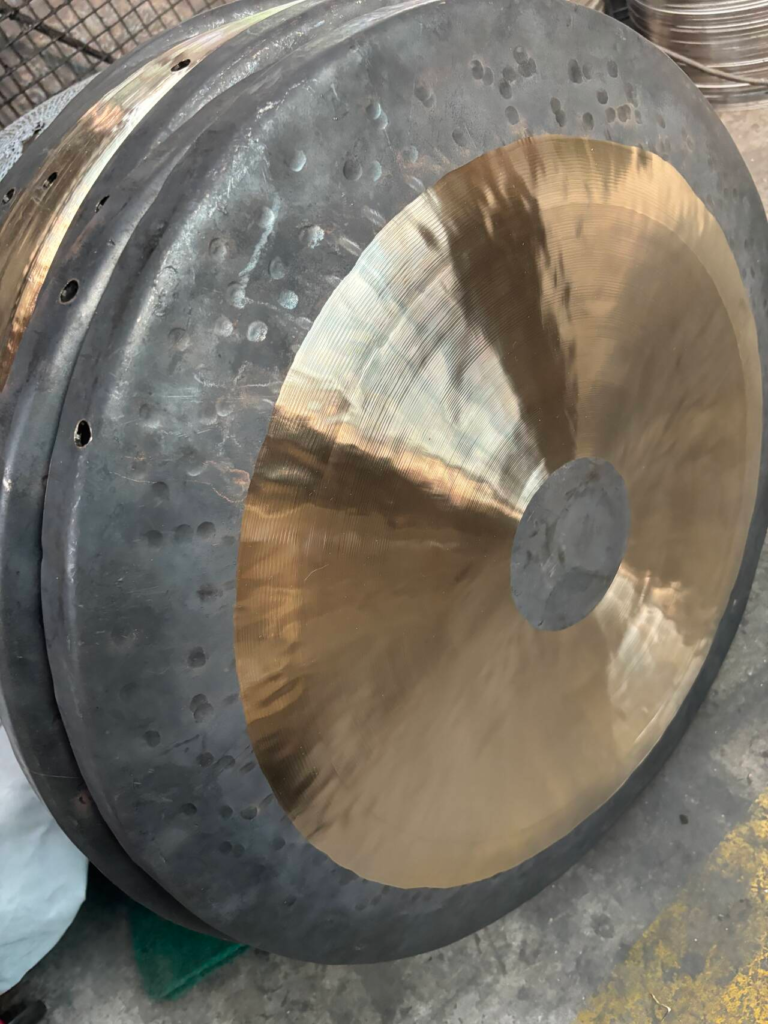Gongs are fascinating musical instruments known for their rich, resonant sounds. The size of a gong plays a crucial role in determining its acoustic properties. This article explores how the dimensions of a gong influence its sound characteristics, including pitch, volume, and resonance.

Gongs are available in various sizes, ranging from small handheld versions to large floor-standing models. The diameter of a gong can significantly impact how it sounds when struck.
One of the most significant effects of size on a gong’s sound is its pitch. Generally, larger gongs produce lower pitches, while smaller gongs yield higher pitches.
The size of a gong also affects its volume and resonance—the ability of the sound to sustain and develop over time.
The size of a gong also impacts its tonal quality and the complexity of overtones produced when it is struck.
When selecting a gong, consider the intended use and desired sound characteristics based on size:
The size of a gong significantly influences its pitch, volume, resonance, and overall sound quality. Understanding these relationships helps musicians select the right gong for their specific needs, whether for personal enjoyment or professional performance. By considering factors such as intended use and desired sound characteristics, you can choose a gong that enhances your musical experience and meets your artistic goals.
We will contact you within 1 working day, please pay attention to the email